-
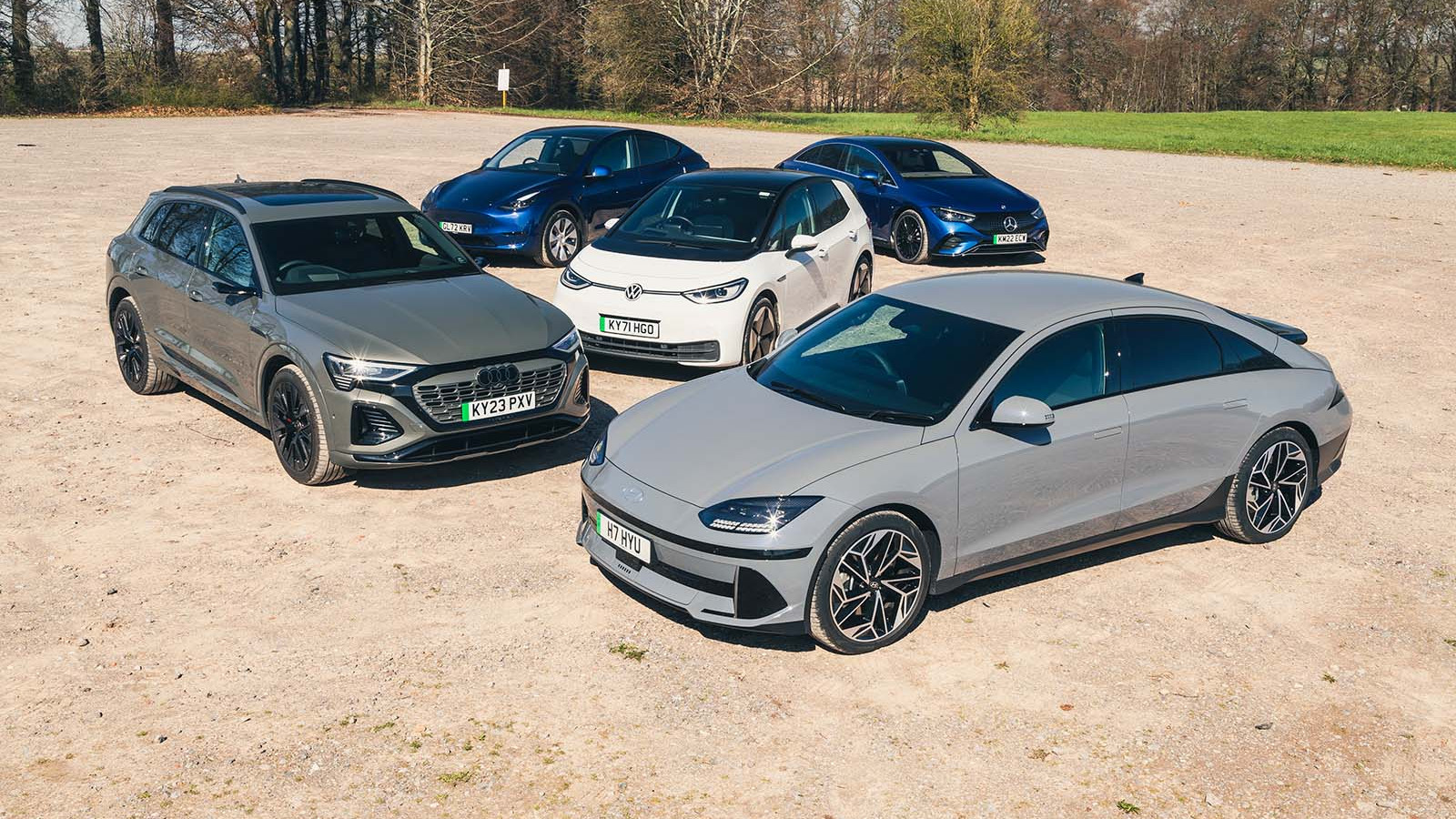 © Haymarket Media
© Haymarket Media -
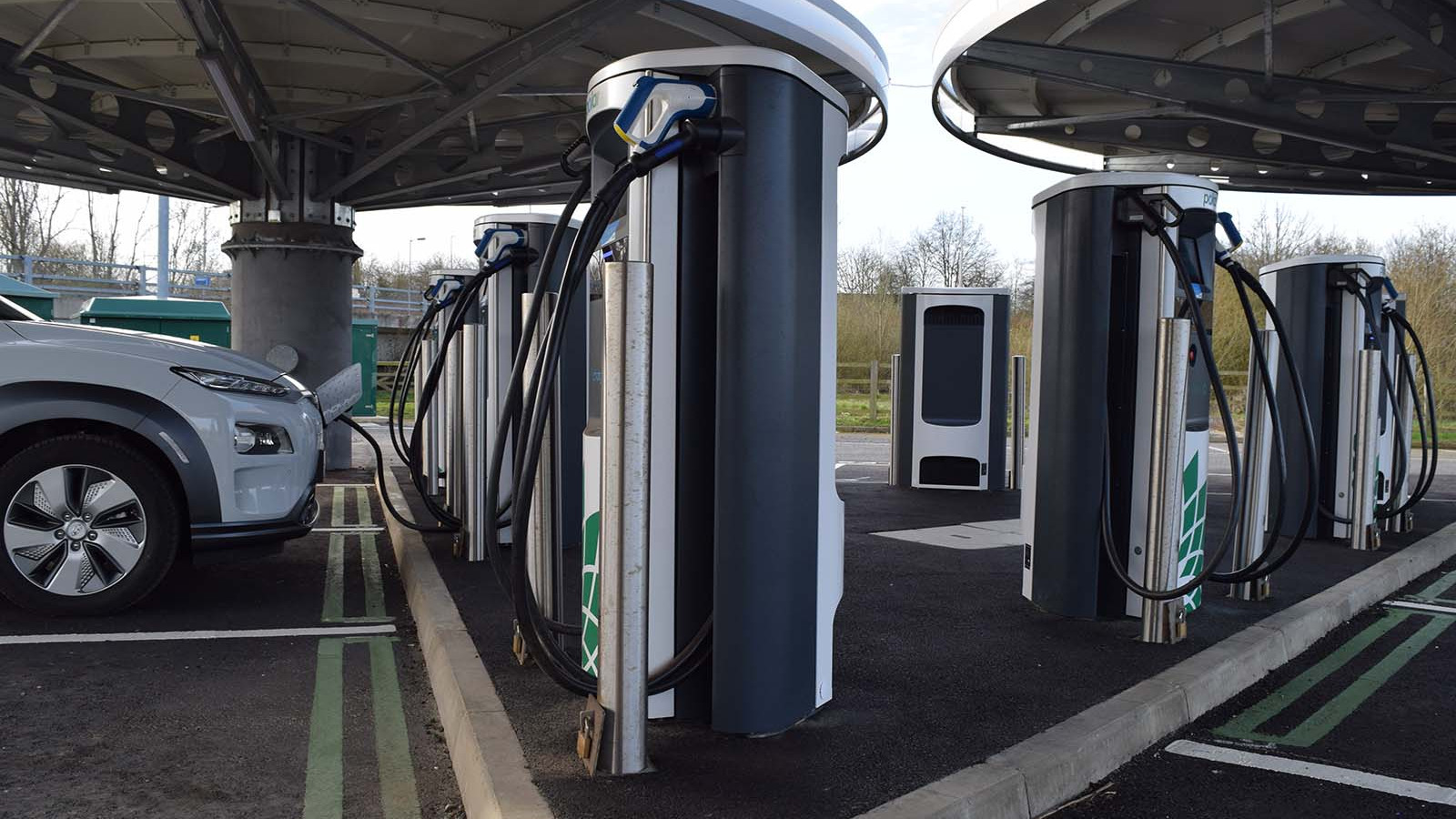 © Haymarket Media
© Haymarket Media -
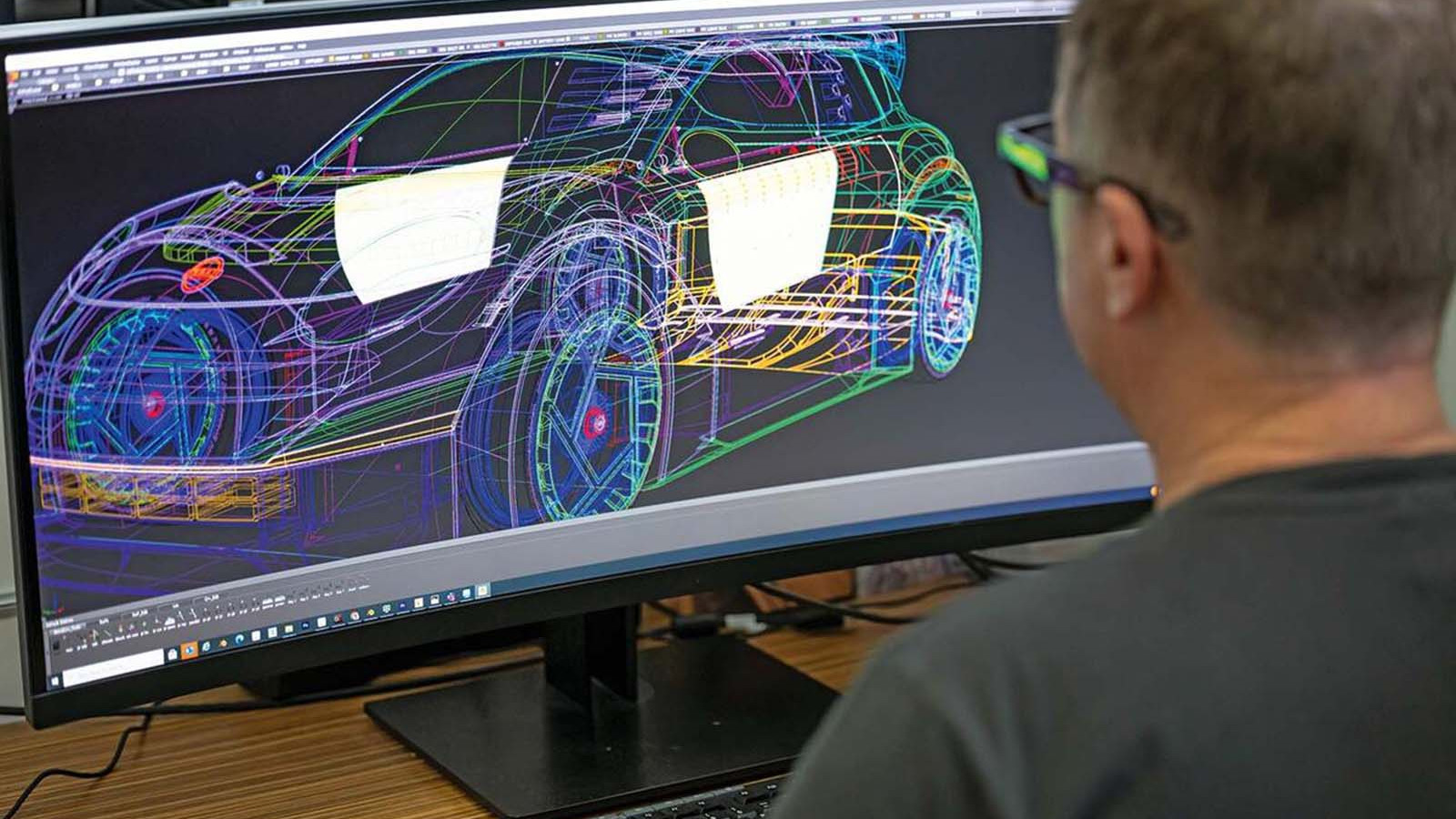 © Nissan
© Nissan -
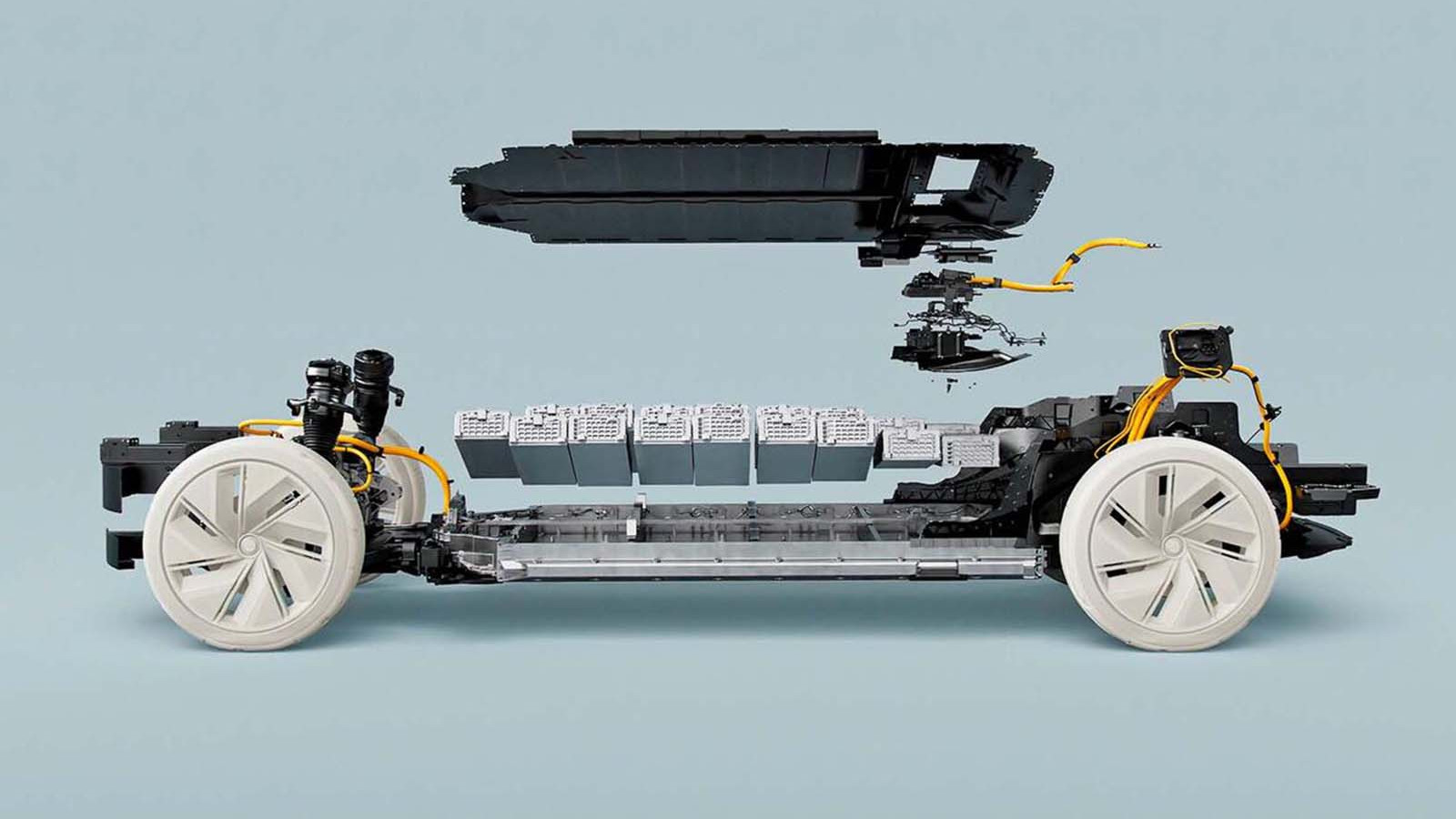 © Volvo
© Volvo -
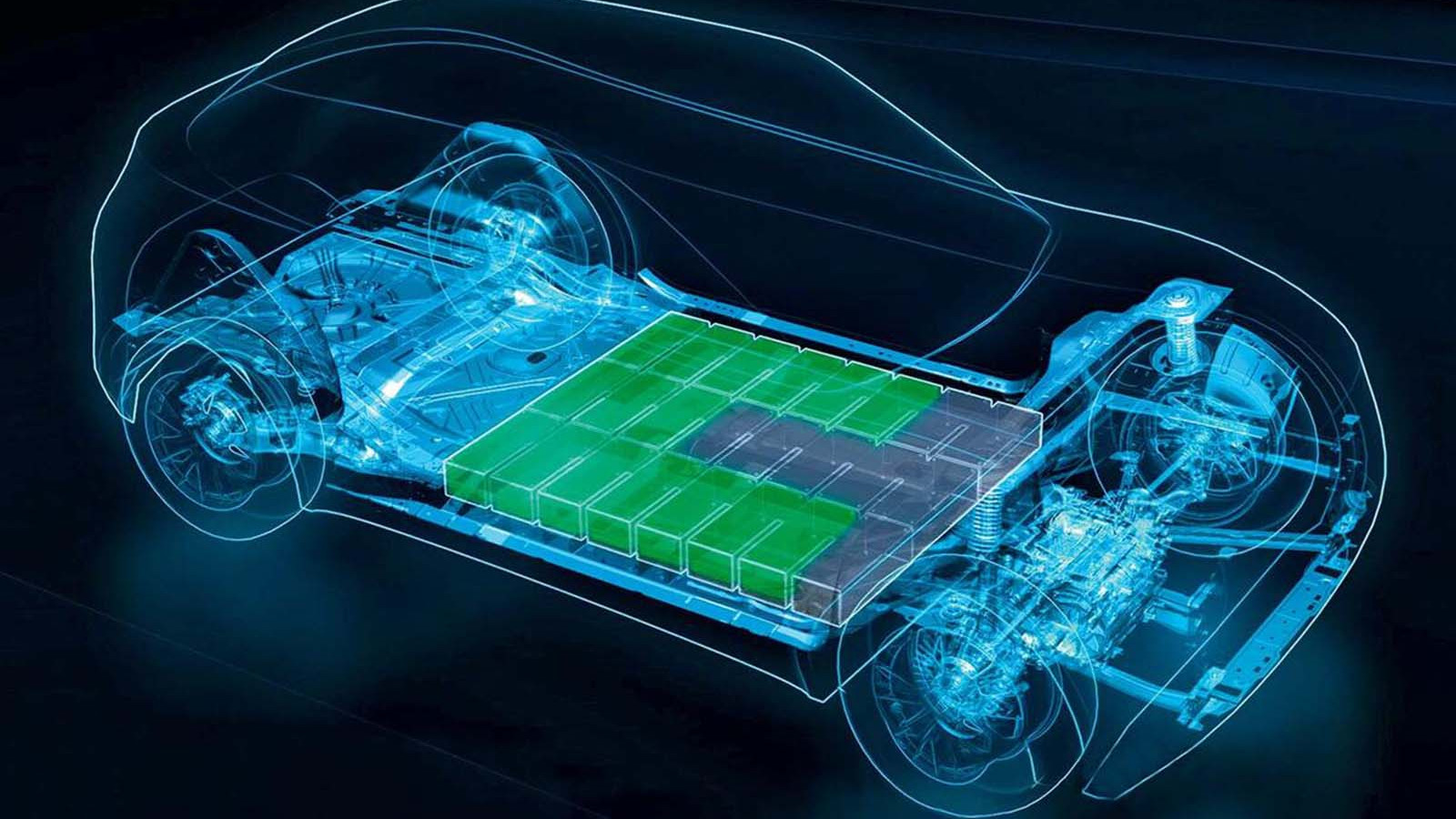 © Ibis
© Ibis -
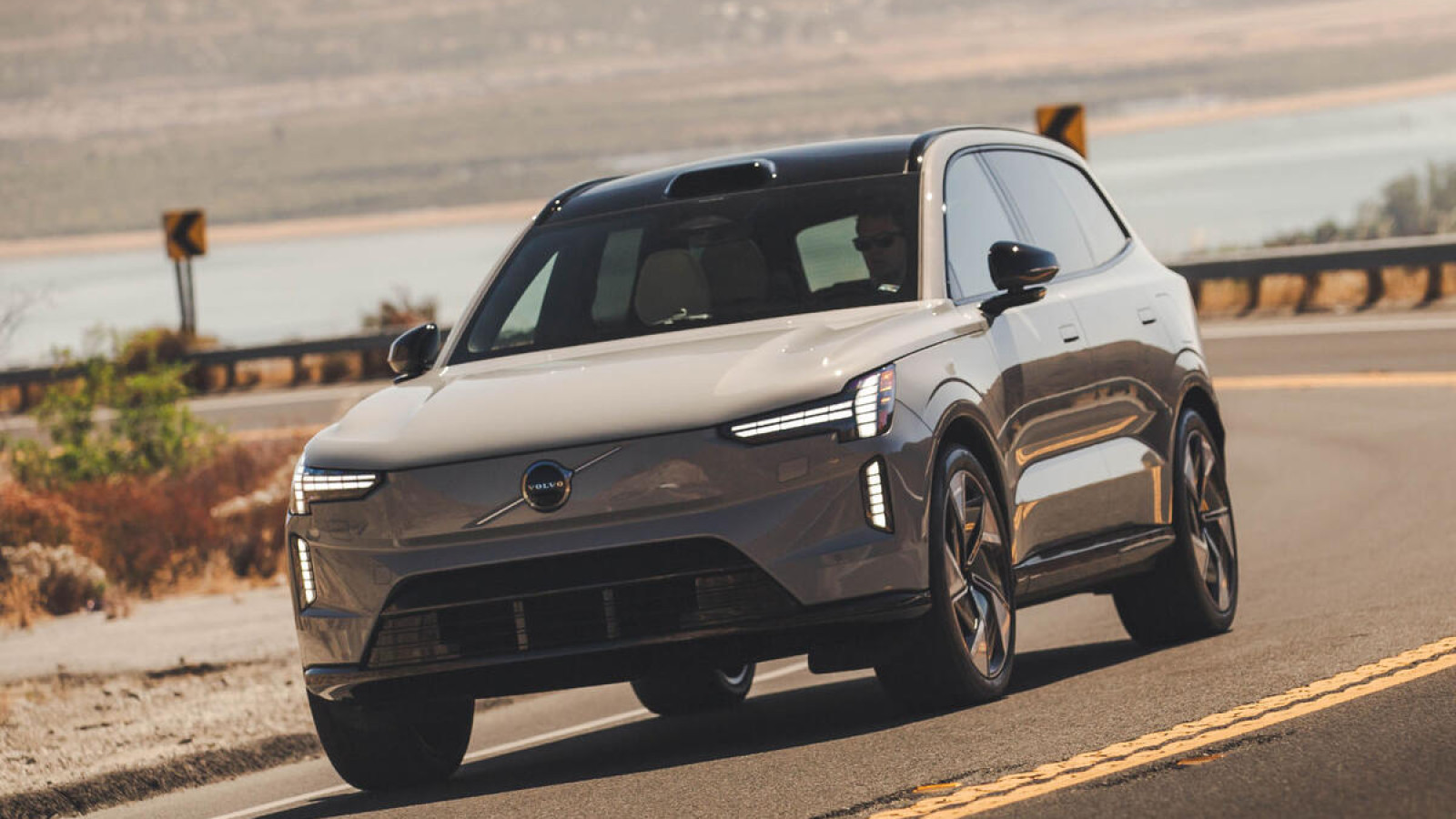 © Haymarket Media
© Haymarket Media -
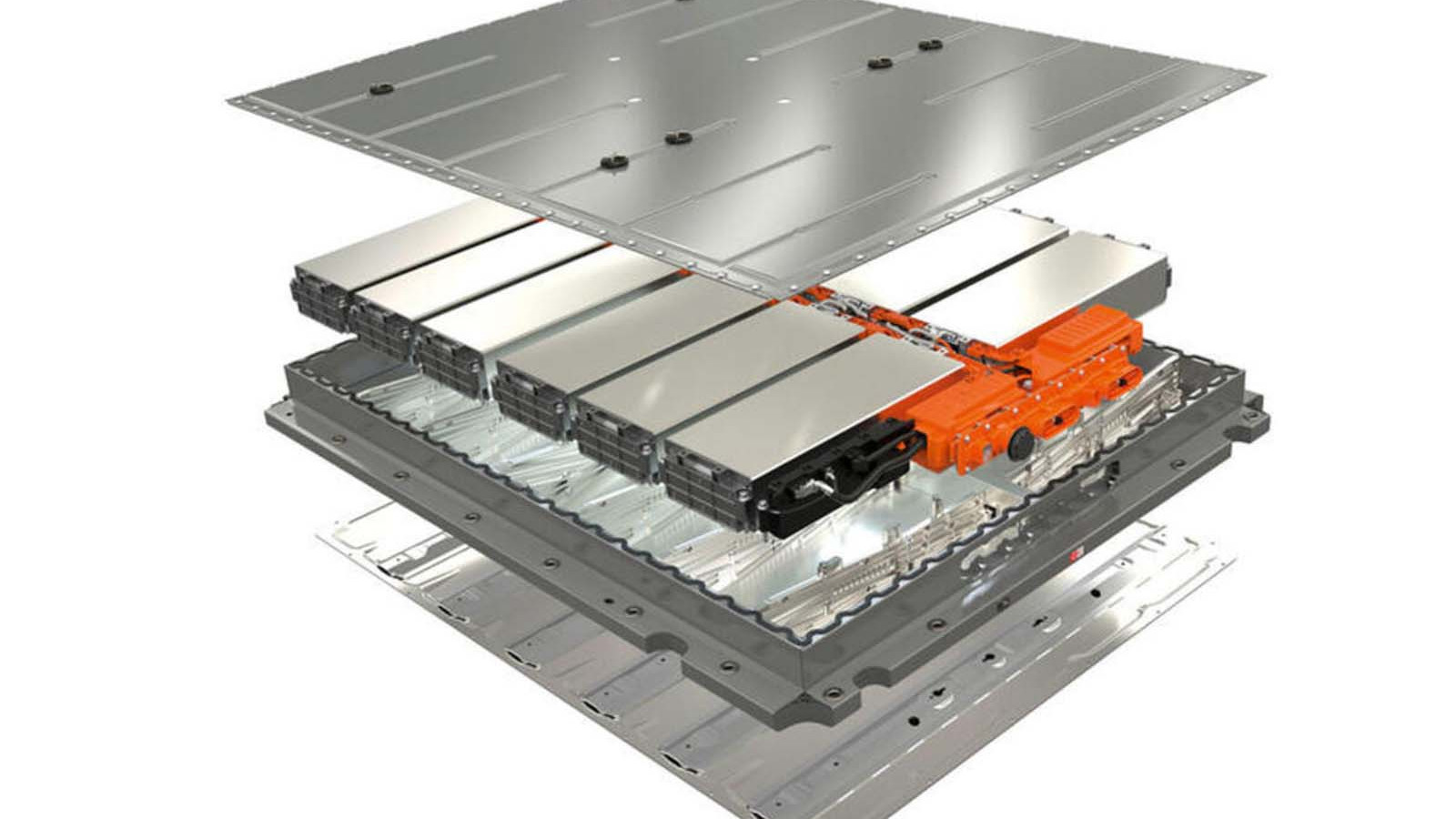 © Haymarket Media
© Haymarket Media -
 © Haymarket Media
© Haymarket Media -
 © Haymarket Media
© Haymarket Media -
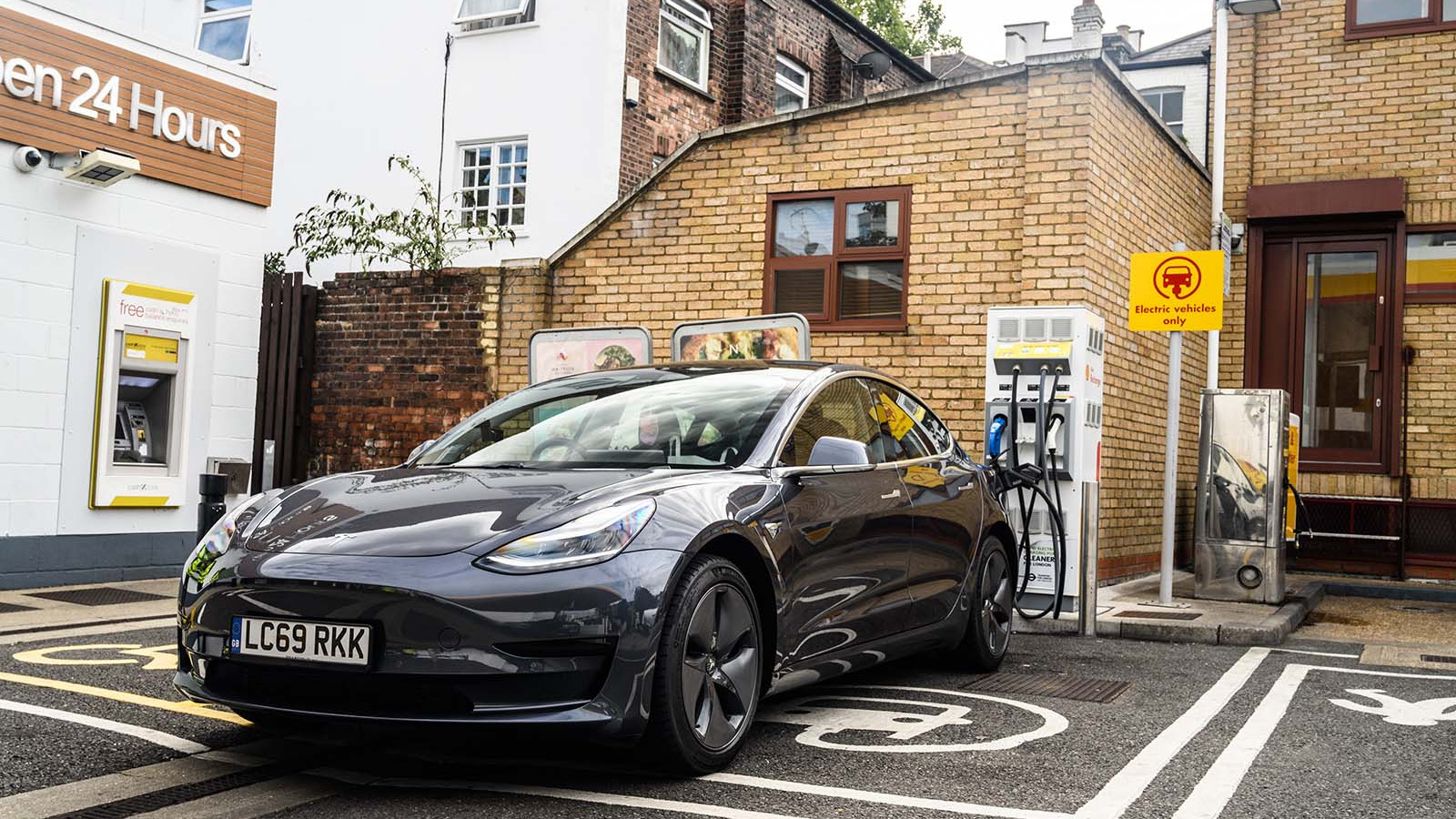 © Haymarket Media
© Haymarket Media -
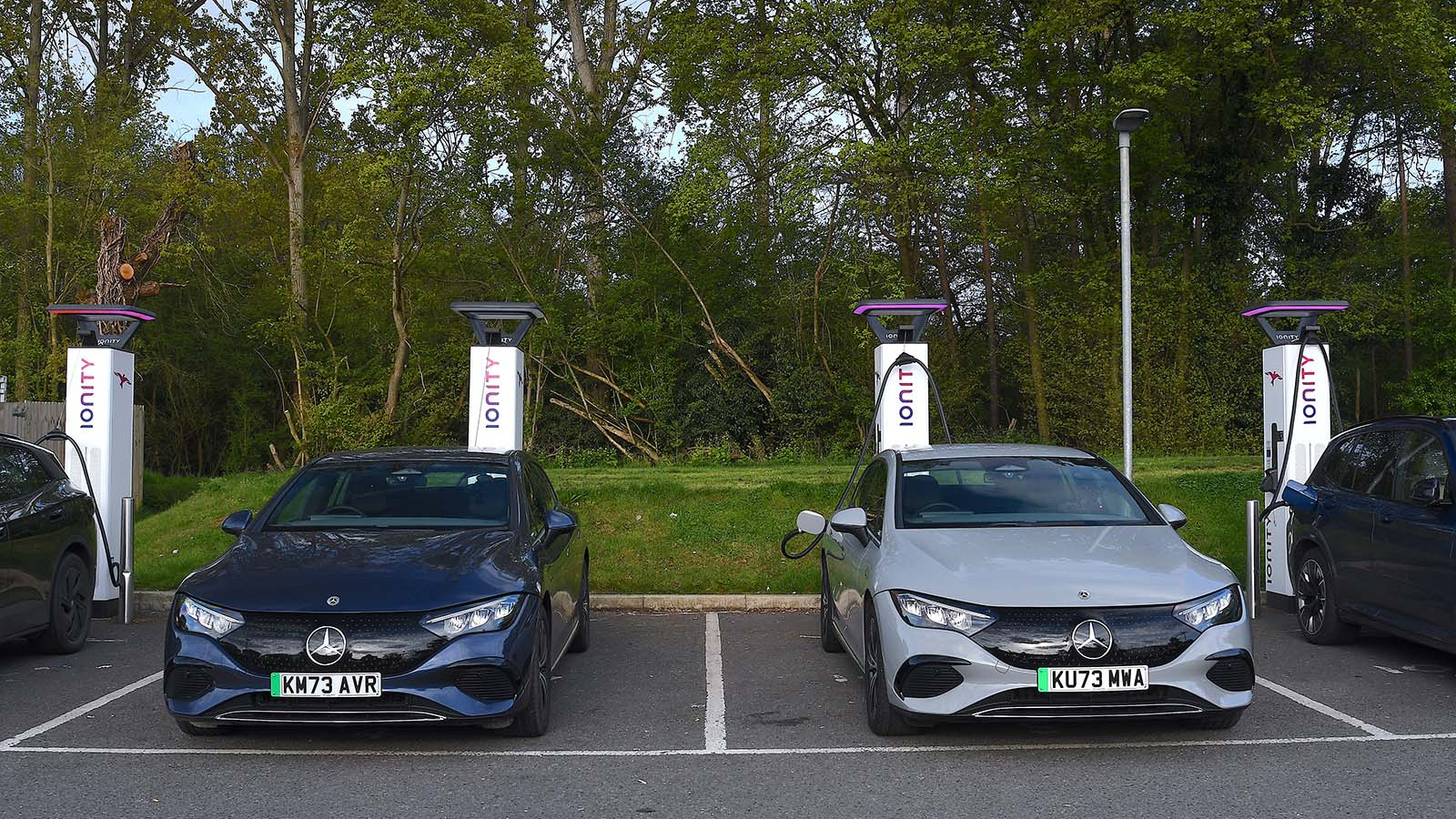 © Haymarket Media
© Haymarket Media
-
Would you believe us if we said software algorithms can be used to squeeze significantly more range from electric car batteries? Well, it really is possible.
-
Software is becoming a hugely important part in shaping the character of cars and our relationships with them. And we know that it can be applied to more than just the production process - it can influence the way they operate. This is where we get 'software-defined vehicles' from.
-
Software, however, doesn't necessarily have to mean functions that take the joy out of driving a car, such as ADAS and autonomous driving aids. Some advanced software can actually be used to bring a tangible improvement to the ownership and driving experience.
-
Volvo has teamed up with UK firm Breathe Battery Technologies and become the first car maker to use something called Breathe Charge, which is a whole new way of delivering power to the battery and speed up charging.
-
The software uses algorithms, which take into account different parameters such as battery health, to supervise and regulate the battery in real time. This compares to traditional charging, which is done via a set of unchangeable rules.
-
Volvo says it expects Breathe Charge will reduce the time taken to rapid charge its new-generation EVs from 10% to 80% by as much as nearly a third. That does depend on the type of battery pack, says Volvo, and tests have indicated improvements of between 15% and 30%. Whatever the case, the improvement is significant compared with existing charging techniques.
-
Now forgive us if we get quite technical here. A battery is made up of two main parts: an anode and a cathode. Electric current will flow into the anode from the battery's electrical circuit, and out of the cathode. Both side in an electrode, which is a liquid that enables ions to be transported between the anode and cathode.
-
Volvo's Breathe Charge system uses a lithium ion battery, which means lithium ions will flow into the anode and out of the cathode.
-
If too much power is used during charging or if the temperature is too low for the power being used, lithium ions can form a metal plating on the surface of the anodes, reducing battery capacity and increasing internal electrical resistance. This impacts the performance of an EV and, perhaps worst of all, accelerates the battery ageing process.
-
Being able to apply intelligent, regulatory software to the charging process means batteries can be safely charged as fast as possible without the process becoming a guessing game, as it is with regular charging.
-
Software has always been important in high-voltage lithium ion batteries, but as research continues, the use of software could become as important in battery development as the development of battery chemistry itself.
